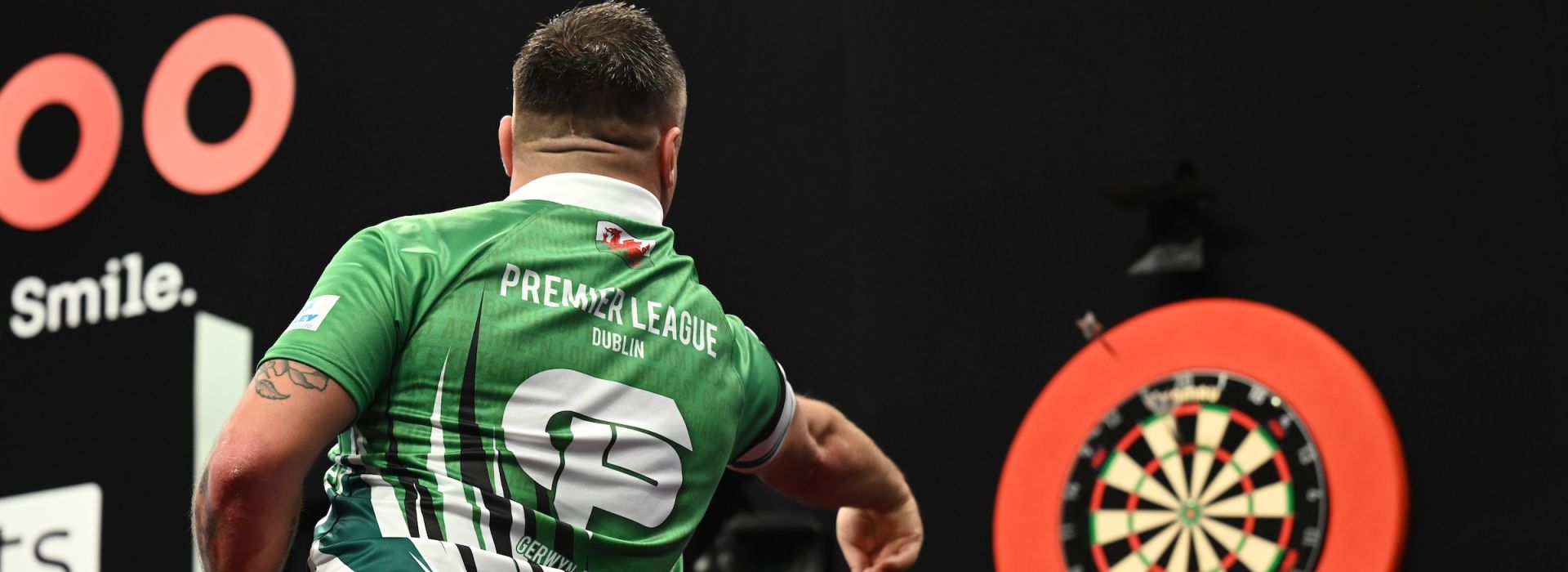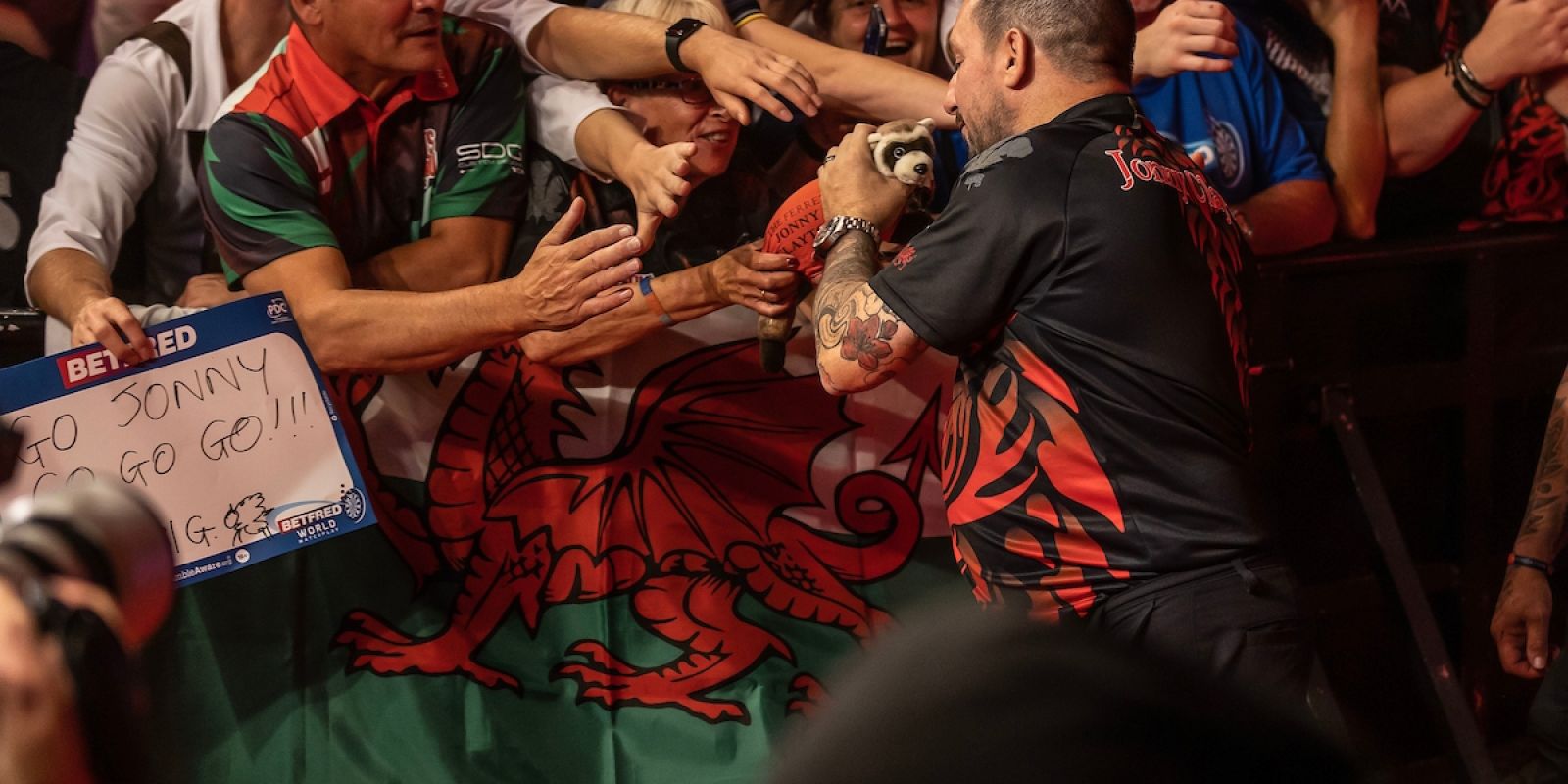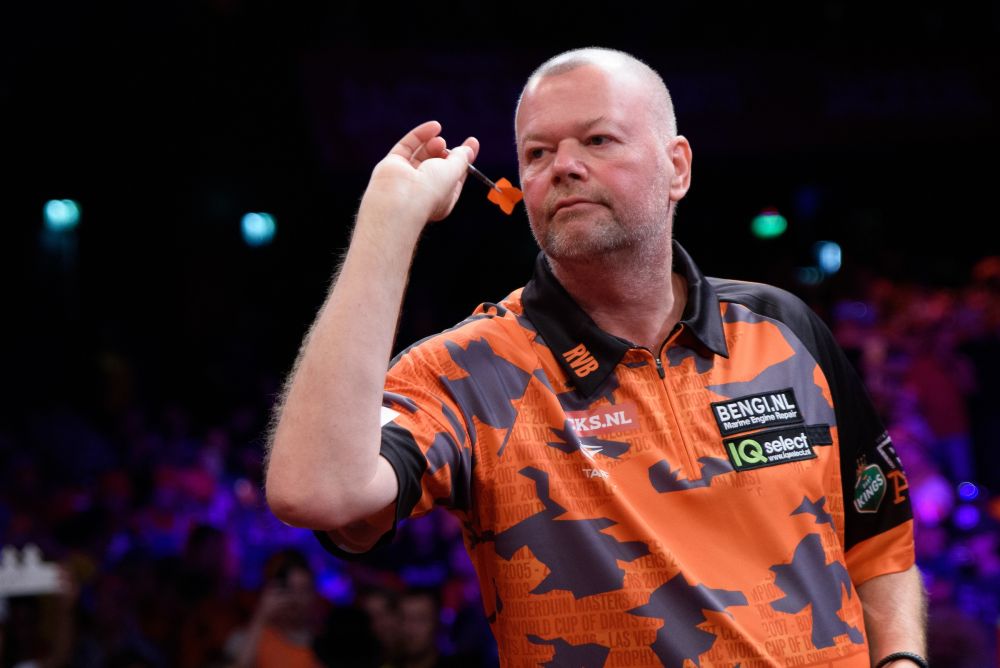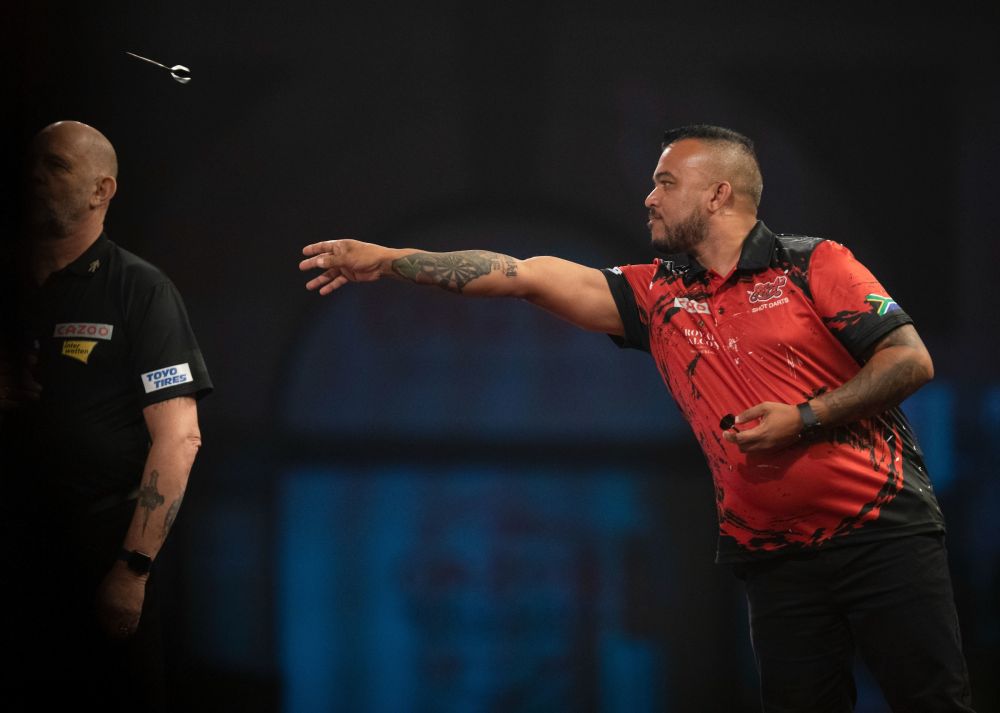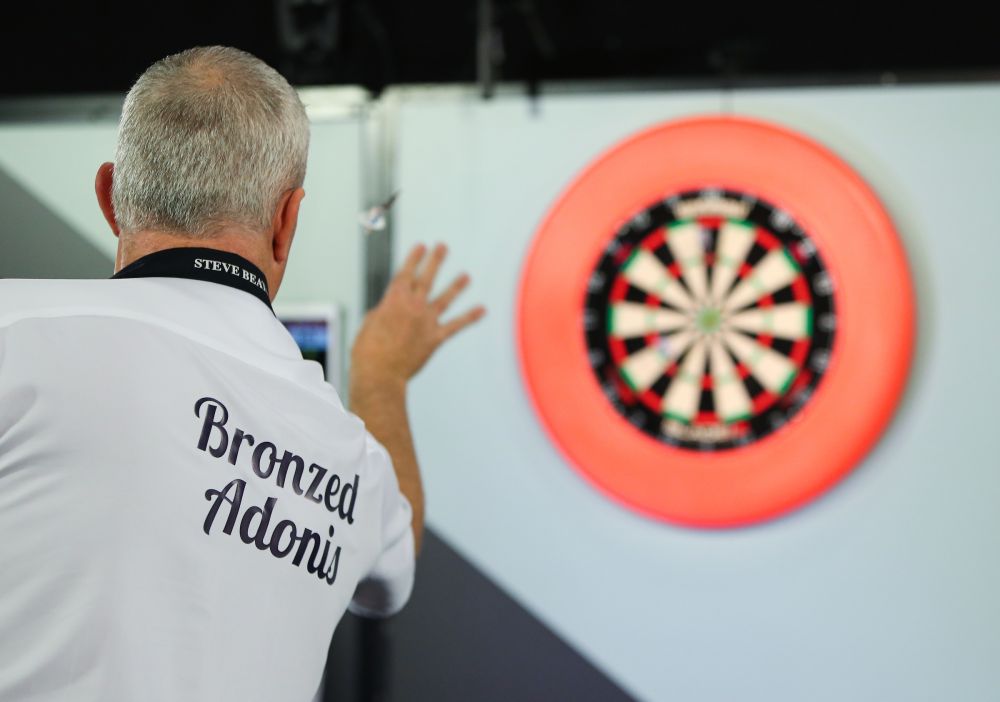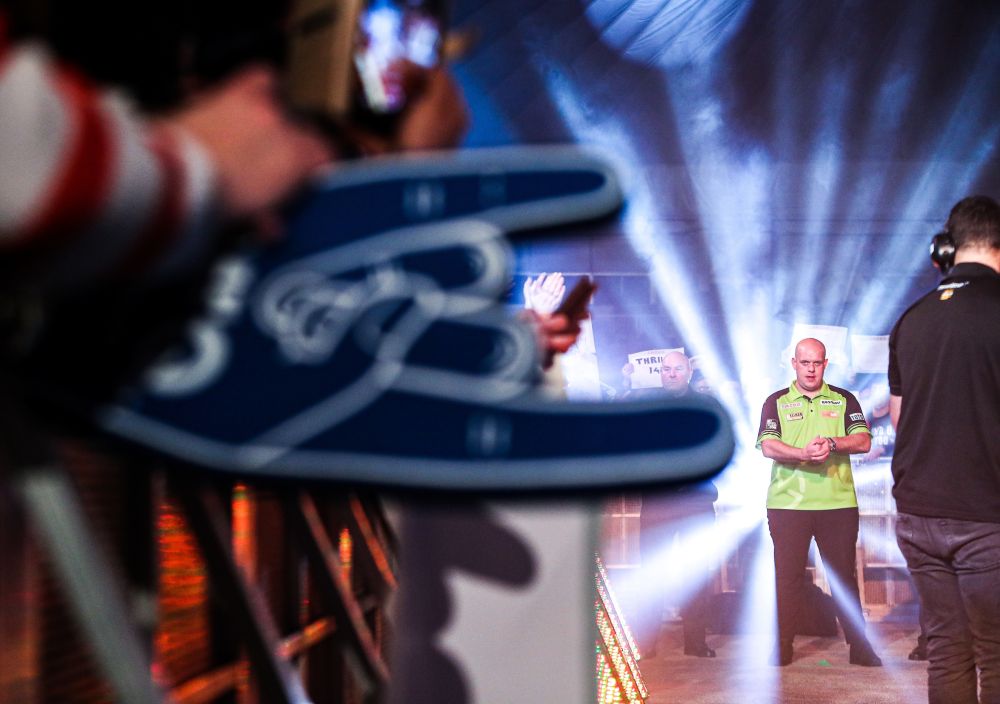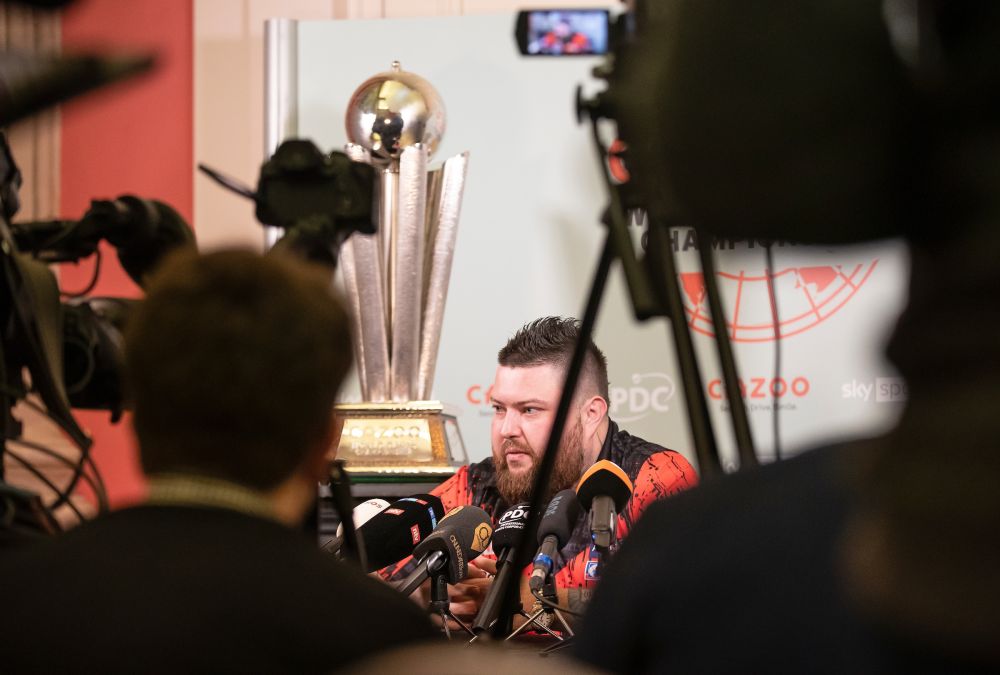History Of Darts
Darts is one of the oldest established English pub games which, since the late 1970s, has become one of the most popular sports in the world.
THE ORIGIN OF DARTS
Darts is one of the oldest established English pub games which, since the late 1970s, has become one of the most popular sports in the world.
As far as the origins of the game are concerned, javelins, crossbow bolts and archery have all been considered. Of these the most likely scenario is that the game has its roots in archery. Glance back to the earliest type of dartboards and you will see that these were concentric targets – miniature forms of the archery target. Moreover, darts is most known as ‘arrows. Some would say that these two points alone are sufficient to confirm our sports’ heritage.
Up until the early part of the 20th century, darts existed in disparate forms across parts of England, the only matches taking place being either ‘in-house’ or friendly matches between pubs which were close to each other. (The cost of transport was prohibitive at that time.)
The legality of darts (whether it was a game of chance (illegal) or skill (legal)) was challenged in a Leeds court in 1908 when a publican, Jim Garside, was prosecuted for allowing darts to be played in his pub, the Adelphi Inn. Fortunately, Jim took along with him his best player William ‘Big Foot’ who by demonstrating the game so impressed the magistrates that the decision went in darts’ favour.
Shortly before The Great War the first brewery leagues appeared and after 1918 grew in popularity to such an extent that, by 1924, the demand for formal rules led in 1925 to the establishment of the National Darts Association (NDA). Even though the authority of the NDA was challenged by the short-lived British Darts Council (BDC) in 1938 that organisation was to remain in charge of the game until the outbreak of the Second World War.
The News of the World Individual Darts Championship was first contested in London in the 1927/28 season and covered only the Metropolitan Area around the capital. It was organised by the NDA (all volunteers) and a total of 1,010 darts players entered in that inaugural year. By the end of the 1930s the championship had expanded to cover, on a regional basis, most of England. In 1938/39 the total number of entrants was more than 280,000.
Such was the take up of darts by the public, licensees, and brewers during the interwar years that, by the 1930s, it had become a popular national recreation in England and parts of Wales, played by all classes, often ousting existing pubs games such as skittles and rings (indoor quoits). The development of darts found some resistance in places such as parts of Manchester (where the smaller Manchester/ Log-End) board held (and still to an extent holds) sway.
However, not everyone was allowed by law to play darts at this time. In the 1930s darts was banned in Huddersfield (on health grounds), Liverpool (on the grounds that it encouraged drunkenness) and Glasgow (as magistrates believed that this ‘new’ game would encourage young people to enter pubs). In the town of Huddersfield, a local publican tried to overcome the ban by inventing ‘Box Darts’ where rubber-nosed darts were thrown at a target. They entered holes in the board and were caught safely in a box behind. This did not prove very popular. Despite questions in Parliament these bans were not lifted until after the Second World War.
All sport was affected by the war with, amongst others, major football and cricket fixtures and competitions being either cancelled or suspended. In terms of darts, the News of the World individual competition was suspended for the duration. However, the newspaper maintained the high profile of the game by setting up a ‘team of darts champions’, which included famous English players such as John Ross and Jim Pike. The team played matches against all-comers in order to raise funds for the Red Cross and by the end of the war had raised £202,681, more than any other sport. Darts also played a crucial role in maintaining the morale of the British people both at home and abroad.
The game was taken into all theatres of war by English servicemen (including prisoner of war camps in Europe and the Far East) and thus many allies, particularly the Americans, Australian and New Zealanders learned about the game. This acted as a catalyst for interest in darts which servicemen and women took home with them when the war ended and assisted the gradual post-war worldwide expansion of the game. In addition, darts were included in NAAFI sports packs in the latter part of the war.
